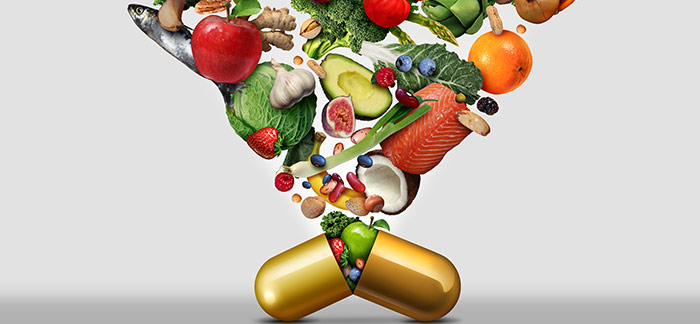|
When the flu season’s upon us, it’s easy to just reach for a vitamin supplement off the shelf, but how can we be sure it’s truly authentic? With a lack of regulations within the supplement industry, there’s no telling that we’re getting what we’re paying for. It might advertise 1000mg per capsule, when in fact 80% of that goes through the digestive tract and is excreted from your body! With so many uncertainties out there, it’s time to smarten up and start looking at natural sources of vitamins that have immune boosting properties and how you can get your family’s immune systems prepared this flu season!
|
|
Vitamin C
|
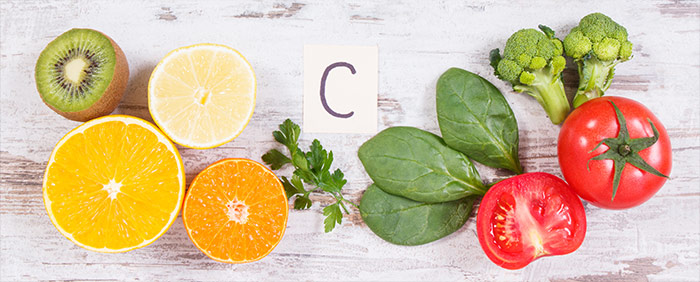 |
|
This would be the movie star of vitamins when it comes to a strong immunity. The benefits of this vitamin are endless. It strengthens the immune system to fight infections and work against viruses, as well as increase iron absorption. Though, considering vitamin C’s extreme sensitivities, food rapidly loses nutritional content when exposed to heat, light and oxygen. From farm to plate, the food we eat loses loads of nutritional content during transportation and in supermarkets where pre-cut and packaged items sit under the heat of display lights.
A study showed that boiling broccoli for five minutes removed up to 50 percent of its vitamin content. Steaming, on the other hand, allowed it to retain most of it!
|
|
|
Food sources and RDI
While upping your citrus fruit intake will boost vitamin C levels, it’s greens that are in the spotlight, where eating one head of broccoli caters to 82mg of vitamin C – almost 50% of the RDI where one should consume 45 –200 mg/day.
|
|
|
|
|
|
|
|
Vitamin D
|
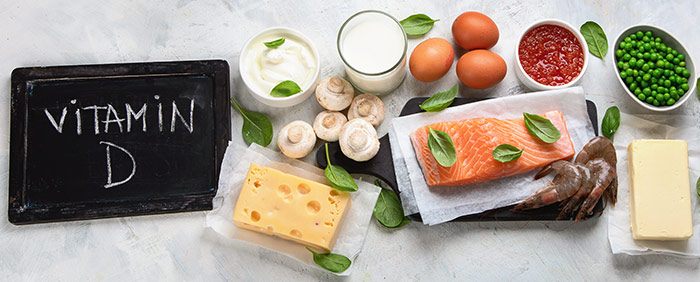 |
|
This vitamin is responsible for cell replication in the immune system, which is powerful when viruses are looming. The body even makes it itself but there is a catch - the skin must be exposed to the suns UV rays first. Since the body can’t make vitamin D unless it is exposed to the sun, wearing sunblock will hinder that process. While sunblock is important for long periods of time spent in the sun, science shows that if you expose your skin without sunblock for just 5 minutes at the sun’s peak around midday, the skin will get all it needs for creating its own Vitamin D,
With increasing numbers of people and children especially spending more time indoors with limited sun exposure, Vitamin D has become the most common vitamin deficiency in the world. A deficiency in this sunshine vitamin requires the supplement D3, found in animals or D2, found in plant-based foods.
|
|
Food sources and RDI
Oily fish, egg yolks and even mushrooms are a good source if they have been grown outdoors under the sun. Did you know most supermarket mushrooms are grown indoors under lights, which minimizes the vitamin D content in comparison? Since you can’t tell where they have been grown, rather turn to a farmer’s market where you know sunlight was involved. The sun is still always the best for obtaining vitamin D, with food simply playing an assisting role. RDI on average is 10 – 25 mcg/day, an organic egg making up 2 mcg and a piece of salmon making up as much as 15mcg. Go salmon!
|
|
|
|
|
|
|
Vitamin E
|
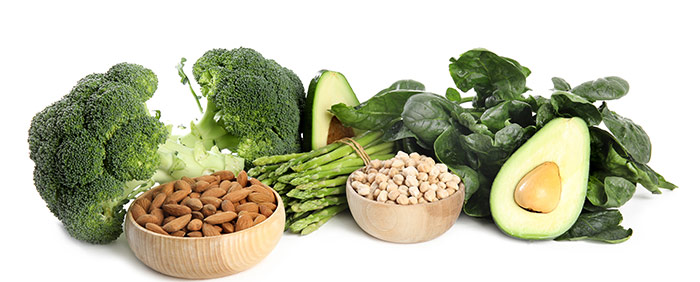 |
|
This powerful antioxidant is integral for cellular immunity. A huge plus when our cells are constantly bombarded with toxins which could lead to free radical damage.
|
|
|
Food sources and RDI
Sunflower seeds are packed with Vitamin E, as well as pumpkin, broccoli, avocado, olives and mango! The best sources of vitamin E are found in plant foods. RDI of vitamin E on average is 15 mg/day.
|
|
|
|
|
|
Vitamin A
|
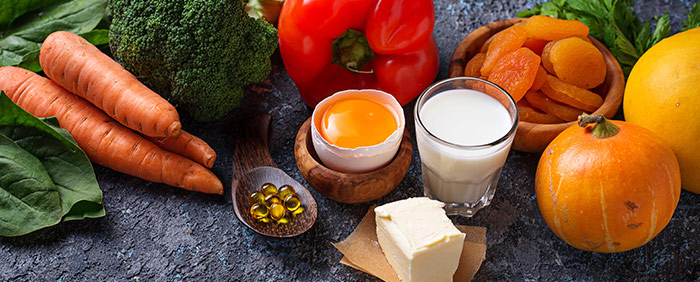 |
|
This popular vitamin is responsible for a number of immune responses both internally and externally for skin cell regrowth. In fact, Retinol found in Vitamin A has been dubbed the holy grail of anti-ageing substances to reduce fine lines, wrinkles and help clearing pigmentation and acne. Did you know, like Vitamin C, it also increases the absorption of iron?
|
|
Food sources and RDI
Great sourced include orange, yellow and red vegetables and fruits predominantly, but also cod liver oil, eggs and broccoli. The RDI is around 700 mcg/day, with carrots being the showstopper here, making up over half the daily required amount of Vitamin A, yielding 459 mcg in a half a cup!
|
|
|
|
|
|
|
Vitamin B9 – Folic Acid
|
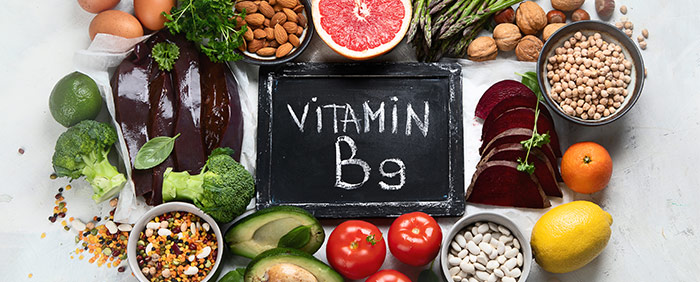 |
|
Known for its immune boosting properties, a deficiency in this vitamin might result in megaloblastic anaemia with effects of fatigue. Some people have difficulty absorbing folate based on poor gut health and low zinc levels. In this case, a supplement of folic acid might be required to get you back on track or have a nutritionist take a look at your diet and recommend good probiotics to help replenish good gut bacteria.
|
|
Food sources and RDI
Folate can be found naturally in leafy green vegetables, citrus fruit, legumes and beef liver and the RDI is an average of 400 mcg/day.
|
|
|
|
|
|
|
Nutrient Synergy
|
|
With immunities down, especially in times of stress, the body can easily exhaust its levels of vitamins. It’s crucial that you and your family take extra care to boost your immune system during these times because vitamin deficiencies can lead to all kinds of serious health conditions. It’s during this time a supplement might be necessary and getting yourself a carefully constructed multivitamin from a respected source such as a health shop is the right way to do it, due to them having done the work in creating a balanced multivitamin for you. A good multivitamin will only contain vitamins that come with an RDI. Alternatively trust the experts and work alongside a Nutritional Therapist or Dietician to help you and your family achieve strong immunities this winter, and every other season for that matter.
|
|
